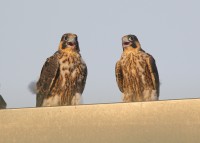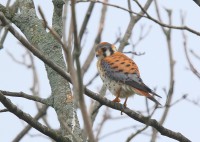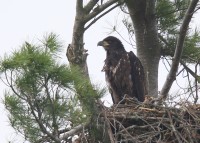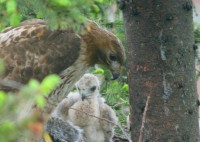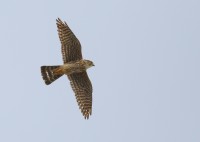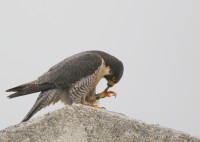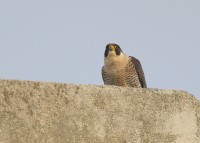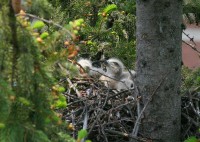Peregine chicks in the heat!
May 30, 2013 in Peregrines at 250 Canal St.
Summer has arrived for all of us including nestling birds getting ready to fledge! Time to get ready for some good ol fashioned summertime heat & humidity. This was our first time in the low 90s in the Lawrence area since the end of last August and this heat is gonna stick for a few days. In fact, we’ll see afternoon temps near 90 for the next 4 afternoons. All this heat & humidity will be a tesr for our nestling friends.
Quite a delight to be able to observe and photo document the new batch of peregrine nestlings as they prepare for first flight. Did you know that falcon chicks are called “eyases”? An eyas is a an unfledged bird; specifically : a nestling hawk. The four peregrine eyases have adjusted quite successfully to their new home on a rooftop after recently being moved by MassWildlife staff.
Today provided nice lighting conditions with nice views (from a distance with a scope, binoculars, and a very long camera lens….all from private property) of the nestlings. Only able to see three of the four along with terrific views of both parents on separate nearby perches. These photos are well worth a look!
11 Photos of chicks and adults posted: http://www.pbase.com/birdshots/image/150522998 Click “next” in upper right to advance frames….enjoy!!
